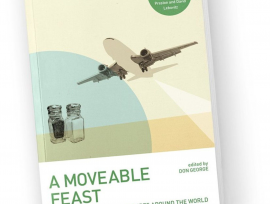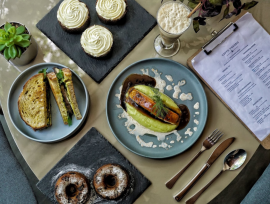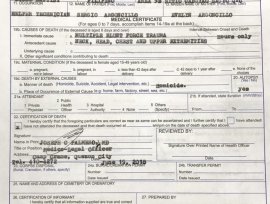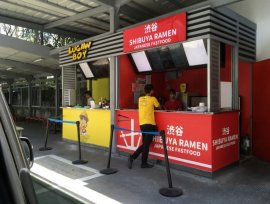Social Classes In The Philippines Pre-Colonial: Find Out Here
Here are the social classes in the Philippines pre-colonial: the Maginoo - the privileged and the noble class, the Timawa - the freemen, Maharlika - the warrior class, and the Alipin - the indentured class. Unlike today when the three social classes in the Philippines are categorized based on income, the pre-colonial classes were divided by their social status.
So let's find out a bit about them with Corner4men:
The Maginoo
 The four social classes in the Philippines pre-colonial were ruled by the Maginoo
The four social classes in the Philippines pre-colonial were ruled by the Maginoo
The four social classes in the Philippines pre-colonial were ruled by the Maginoo. They were the royal and the privileged in society. The Datu - leaders of barangay, all came from this class.
It is unclear if the Datu position was inherited, passing down from the father to the eldest son, or elected by others in the Maginoo class.
The practice varies across the lowland Philippines. When Filipinos arrived on boats, these early settlers lived near rivers or shorelines and these communities were called a barangay. Each of them consisted of up to 100 families or 500 persons. The migrations are thought to be led by people of the Maginoo class.
The Timawa
The freemen, probably made up of people of the barangay community, were called the Timawa class. Among the four social classes in the Philippines pre-colonial, they have quite a lot of rights, like choosing wives and the jobs they like, own property, and an Alipin, but they were the taxpayers so they played an important role in the society.
The Maharlika
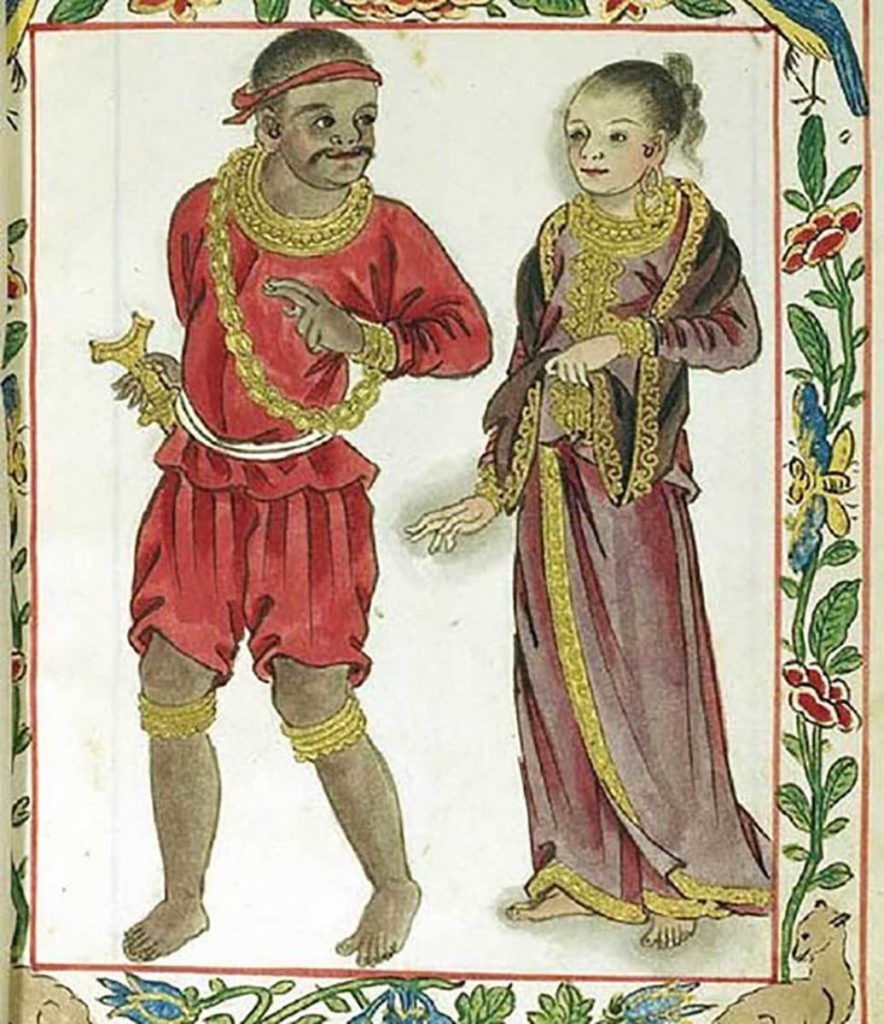 The Maharlika was called the warrior class
The Maharlika was called the warrior class
The Maharlika was called the warrior class and apart from having all the rights the Timawa had, they were also highly respected and revered. They did not have to pay tax and what they did was to protect the barangay.
The warriors could choose to which barangay they showed their allegiance by moving or marrying into the new community. However, when he wanted to do so, he must pay an amount of fee to the former Datu. When he left, people of the barangay would throw a feast to honor him.
When President Marcos said the word ‘Maharlika,’ the usage was considered accurate because he was referring to a group of soldiers, not the country or an entire aristocracy.
The Alipin
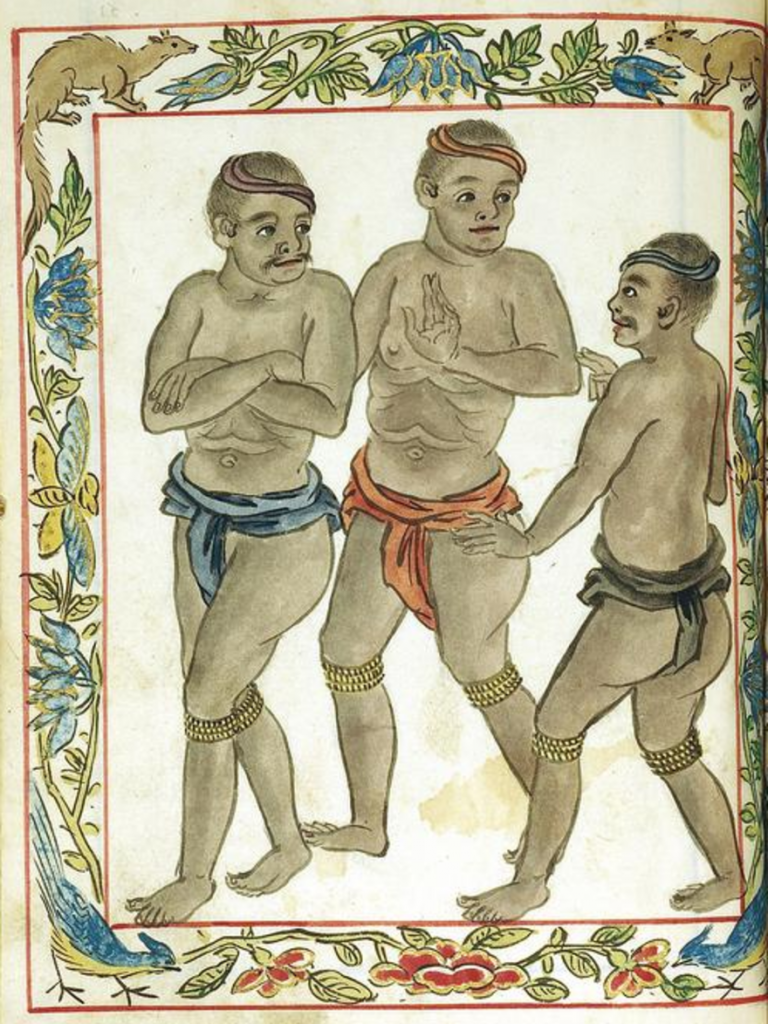 Among the four social classes in the Philippines pre-colonial, the Alipin possessed the fewest rights
Among the four social classes in the Philippines pre-colonial, the Alipin possessed the fewest rights
Among the four social classes in the Philippines pre-colonial, the Alipin possessed the fewest rights. They were not slaves but actually servants serving masters of the Maharlika, Timawa, or Maginoo class.
However, the Alipin was not the ones doing most of the work in a community, these tasks wer often done by the Timawa while the Alipin helped them around the house with chores, cooking, or at work.
They were further divided into two categories. Aliping Sagigilid usually worked and lived around the house of the master while Aliping Namamahay lived right on the land on the master. An Aliping did not have to stay as servant forever, through the process called Tinimawa, they could join the Timawa class as long as they fulfilled their duty to the masters.
Since Alipin received no payment for their service, they had nothing to pay tax, making the Timawa the only class among the four social classes in the Philippines pre-colonial had to do so.
And when an Alipin was in debt to another Alipin, he or she had new names. If an Aliping Namamahay had a gigilid, the former would be named bulisik - meaning contemptible and vile. If a gigilid was in debt to another, he or she would be considered even lower than the bulislis.
In today’s terms, they would be referred to as ‘having their pants down.’
The lowest class among the four social classes in the Philippines pre-colonial was the slaves who were war prisoners or those brought from other communities. Their only chance of getting out of the slave class was to be accepted as alipins into the community.
recent articles
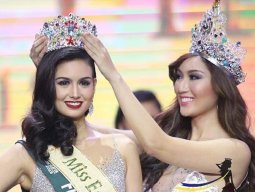
Top 5 Most Beautiful Woman In The Philippines - The Finals
Are you seeking the latest top 5 most beautiful woman in the Philippines? Wonder who has the most charming beauty? Keep reading to find out!

Top Types of Jeans Brands
Have you heard of the world's most famous jeans brands? Which brand will have products that complement your personal style? Let’s find out the top 5 best types of jeans brands.
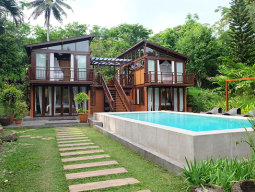
Top best airbnb Philippines you shouldn't miss
Airbnb is the most popular accommodation service today. You can find a variety of accommodations according to your needs.



